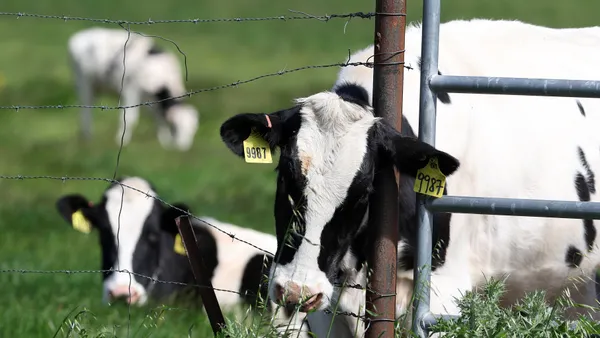Dive Brief:
- Educators can use community-building exercises at any grade level, spending just a few minutes each day to help students feel connected to each other, their class and their school, according to Edutopia.
- A 4th-grade teacher in Amesbury, Massachusetts, for example, takes part of every Friday to ask students to be kind to themselves or to another classmate. At Kapolei Middle School in Hawaii, students create paper profiles — a la Twitter — and classmates respond in writing to events happening in their lives.
- In Chicago, high school students at the Urban Prep Charter Academy for Young Men — Englewood Campus are asked to write about something stressful in their lives — without signing their name — ball up the paper, and toss it into the center of a room where it’s read and shared by all.
Dive Insight:
Building a sense of community in a classroom can help students feel more engaged while also imparting valuable social and emotional skills, including the ability to collaborate and feel empathy. By viewing their school environment as a positive space, teachers and students can both reduce their level of stress, while helping students perform better academically, and increasing teacher retention.
Students can be a part of building a class community, Lisa Fink, the project manager for ReadWriteThink at the National Council of Teachers of English, wrote in a recent blog post. This can include having students write their own class rules, working together as they decide what should, and should not, be included. Students can also be tasked with interviewing each other, and as they learn about their classmates, develop a sense of empathy. A classroom manual that teaches people outside the class how the room runs can also give children a chance to work together with a specific goal in mind.
When students are allowed to direct their own learning, such as how their classroom is structured, they walk away feeling they have some authorship in their education. The process also helps to build students who can make decisions, set goals and follow through on projects — all key social-emotional skills administrators want children to develop on their educational path.













